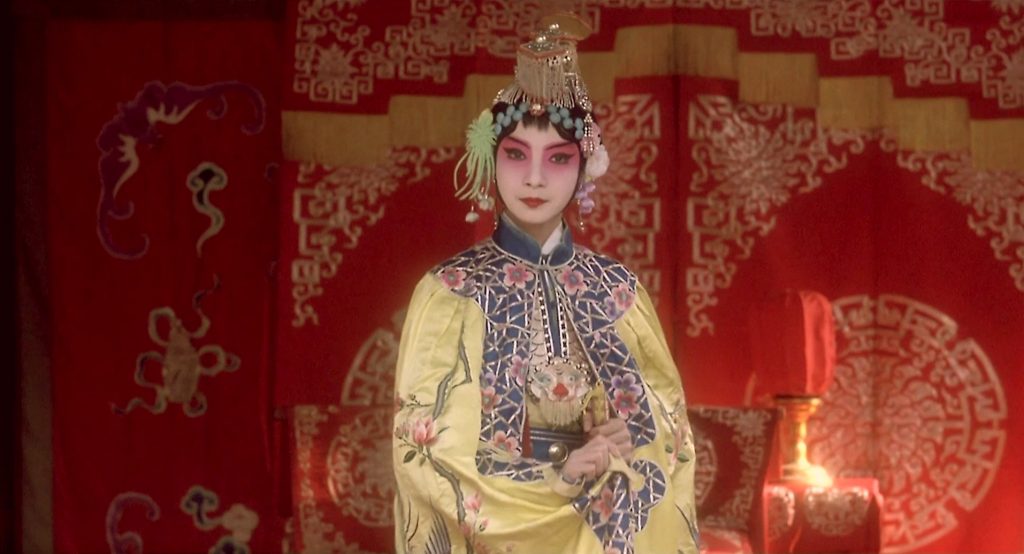“Kid Chameleon” (1992): A Nostalgic Trip Through a Platforming Labyrinth – Sega Genesis Review

Released in 1992, “Kid Chameleon” for the Sega Genesis/Mega Drive is a platform game that stands as a hallmark of early 90s gaming. Developed and published by Sega, the game was notable for its ambitious scope, diverse gameplay, and challenging levels. Despite being overshadowed by other platforming giants of the era, “Kid Chameleon” holds a special place in the hearts of many retro gaming enthusiasts for its unique features and engaging gameplay.
Gameplay and Mechanics: A Blend of Innovation and Familiarity
“Kid Chameleon” boasted an impressive array of mechanics and features for its time. The game centers around the protagonist, Casey, a kid with the ability to don different masks, each granting him unique abilities. These masks, ranging from a samurai helmet to a tank, were not only a novel mechanic but also pivotal for navigating through the game’s diverse and challenging levels.
The game consists of over 100 levels, a staggering number for a platformer of its era. This vast number of stages brought a considerable variety to the gameplay but also contributed to a sense of repetition and occasional directionlessness in the later stages. The level design varied from traditional platforming fare to more puzzle-oriented challenges, offering a rich and diverse gaming experience.
Graphics and Art Style: 16-Bit Charm
Visually, “Kid Chameleon” embraced the 16-bit aesthetic characteristic of the Sega Genesis. The graphics were vibrant and colorful, with detailed character sprites and imaginative environments. Each mask transformation of Casey was visually distinctive, adding to the appeal of discovering and using new masks.
The game’s art style was a blend of typical early 90s flair with a touch of surrealism, evident in the varied and sometimes bizarre level designs. This style gave “Kid Chameleon” a unique visual identity that set it apart from its contemporaries.
Sound and Music: An Unforgettable 16-bit Score
The soundtrack of “Kid Chameleon,” composed by Mark Miller, is often remembered for its catchy tunes that perfectly complemented the game’s action. The music ranged from upbeat, energetic tracks to more moody, atmospheric compositions, enhancing the overall experience and immersing players in the game’s diverse worlds.
Behind the Scenes: The Making of a Platformer
Developing “Kid Chameleon” was an ambitious project for Sega. The game’s extensive level design and the unique mechanic of the masks required considerable effort in terms of programming and design. The development team, faced with the challenge of creating a platformer that could stand out in a crowded market, focused on delivering a game that was both expansive in scope and rich in gameplay variety.
One of the challenges during development was balancing the game’s difficulty. With over 100 levels and no save or password feature, “Kid Chameleon” was notoriously challenging, a decision that, while adding to the game’s replay value, also made it daunting for casual players.
Themes: Escapism and Transformation
At its heart, “Kid Chameleon” is a game about escapism and transformation. The premise of a kid who can transform into different personas to tackle challenges is a metaphor for the power of imagination and the appeal of video games as a form of escape. This theme resonates with the player’s experience, as they navigate through the game’s fantastical worlds, adopting different identities to overcome obstacles.
Cultural Impact and Legacy
While “Kid Chameleon” did not achieve the same level of fame as some of its platforming counterparts, it has maintained a cult following. The game is often cited for its creativity and challenging gameplay, and it holds a nostalgic charm for those who played it during its initial release.
Final Thoughts
“Kid Chameleon” is a game that encapsulates the spirit of early 90s platforming while introducing its own unique twists. Its blend of extensive level design, innovative mechanics, and 16-bit charm creates a gaming experience that is challenging and rewarding. Despite some issues with repetition and difficulty, the game remains a memorable and enjoyable entry in the platforming genre, a testament to Sega’s ambition and creativity during the era.




